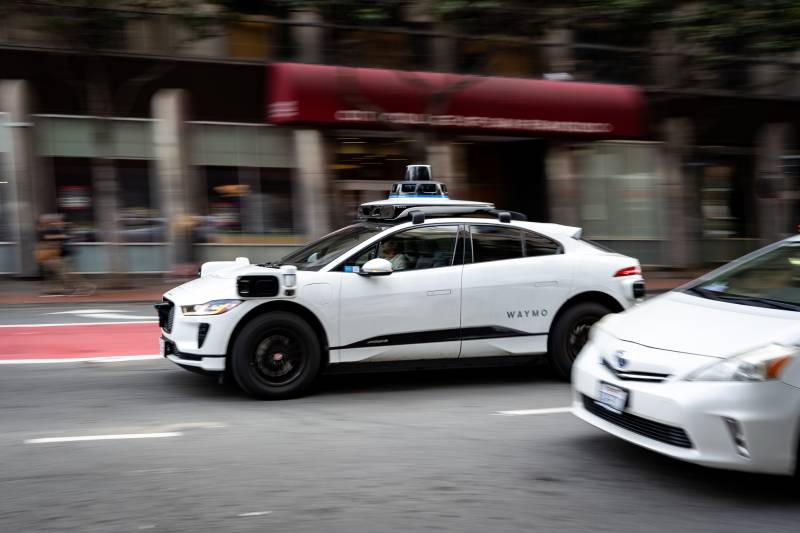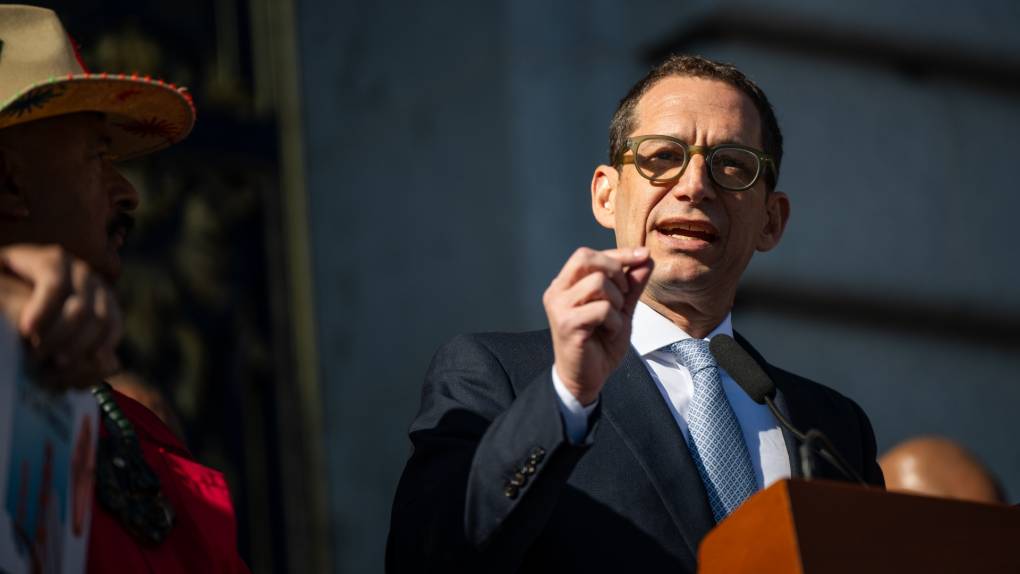Muni ridership dropped by nearly 90% between February and April 2020 but has hit its highest numbers over the past year.
“Transit riders will now not only need to deal with increased transfers and delays brought on by upcoming service cuts, but also the delays and hazards caused by a fleet of new Waymo vehicles flooding Market Street,” SF Transit Riders community and policy manager Dylan Fabris said in a statement.
Since banning cars, Muni buses and streetcars have been able to increase speed and efficiency by 14% along Market Street, Fabrissaid. Last year, ridership reached 75% of pre-pandemic numbers and appears on track to continue increasing.
It’s unclear if the move is a first step toward allowing more vehicles back onto the road since, technically, Waymo has already been permitted to operate in much of the corridor under the SFMTA traffic regulations adopted at the inception of the car ban.
Unlike Uber and Lyft, the self-driving cars are considered commercial vehicles. Waymo confirmed that until now, it has voluntarily refrained from operating on Market Street despite being legally allowed to do so.
Still, advocates urged Lurie to rescind the decision and instead focus on increasing business and foot traffic in the downtown sector.
“If we want Market Street to reclaim its rightful place as a commercial and cultural destination, it should be safe and welcoming to people,” SFBike’s Executive Director Christopher White said. “Prioritizing safe, affordable ways of traveling, like walking, biking and transit, achieves that aim. Handing the street over to a single private company flies in the face of San Francisco’s values and goals.”
KQED’s Dan Brekke contributed to this report.

